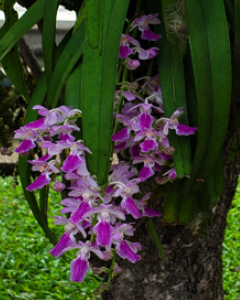Quick Links
Biodiversity conservation
We are committed to no net loss of biodiversity before 2030
We are making significant efforts in this space to reduce our environmental footprint and promote biodiversity. Protecting wildlife and plant life is how we give back to nature while also raising awareness among our employees and the communities, where we're nurturing nature at every turn. Our pledge is manifested as individual biodiversity action plans for the sites, all designed specifically based on ecological priorities and the appropriate actions needed. Throughout the journey, we partner with experts and collaborators who help to ensure our environmental efforts see their most significant impacts at ground level
Our focus areas
We are committed to upholding our vision that "sustainable is attainable." Our goal? To preserve the planet, nurture our communities, and empower everyone with green energy solutions
- Resource conservation
- Habitat protection
- Energy efficiency
- Local community enrichment
Our biodiversity risk assessment framework
Exploring TNFD Framework through Pilot Testing
We seek to collaboratively develop a strong framework that is not just market-ready but purpose-built with our creative pilot assessment. Our future will be greener and more sustainable thanks to this project, which is expected to spark a wave of sustainable practices across industries

GIS mapping survey for forest improvement and carbon sequestration
In association with the Ela Foundation, we identified a comprehensive biodiversity survey and carbon sequestration analysis of Maharashtra hydroelectric regions through field research along with Geographic Information System (GIS) technology. Located next to the Northwestern biodiversity hotspot, this area boasts rich biodiversity. When we surveyed nine sites where Tata Power plants generate hydroelectricity, there were 395 large trees and 2,260 tall trees identified. The community and the local ecology will both benefit from these discoveries, which will guide future efforts to increase the area's green cover and carbon sequestration
The Mundra Plant, in collaboration with Kutch University, conducted a Remote Sensing-Geographic Information System (RS-GIS) to develop a systematic intervention in the plant's challenging 453.04 ha Greenbelt area. In collaboration with Kutch University, a Certified Greenbelt Map was created, aligning with SDG 13 (climate action). This initiative enhanced resource management, tree survival, fire management, and land use cover. With over 70 dry land species, it achieved an 80% increase in tree survival, reducing drudgery, manpower, and costs while building trust. The model adheres to CDM and the UNFCCC Paris Agreement and introduces an innovative plantation approach in the region
Our key initiatives

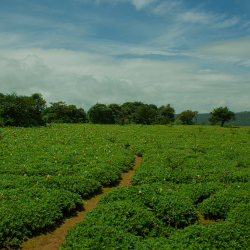
Gaja Sanrakshana : Protecting the Asiatic elephants and creating a safe and natural environment for them
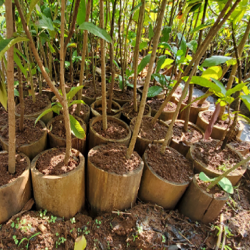
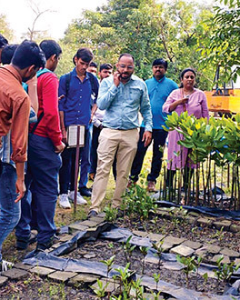
Mangrove conservation : Collaborating to save Mumbai's mangroves, increase biodiversity, and strengthen resilience to climate change
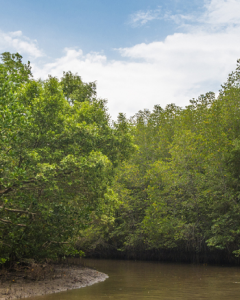

Afforestation drive : Ensuring green harmony through the plantation of native trees in Maharashtra





















